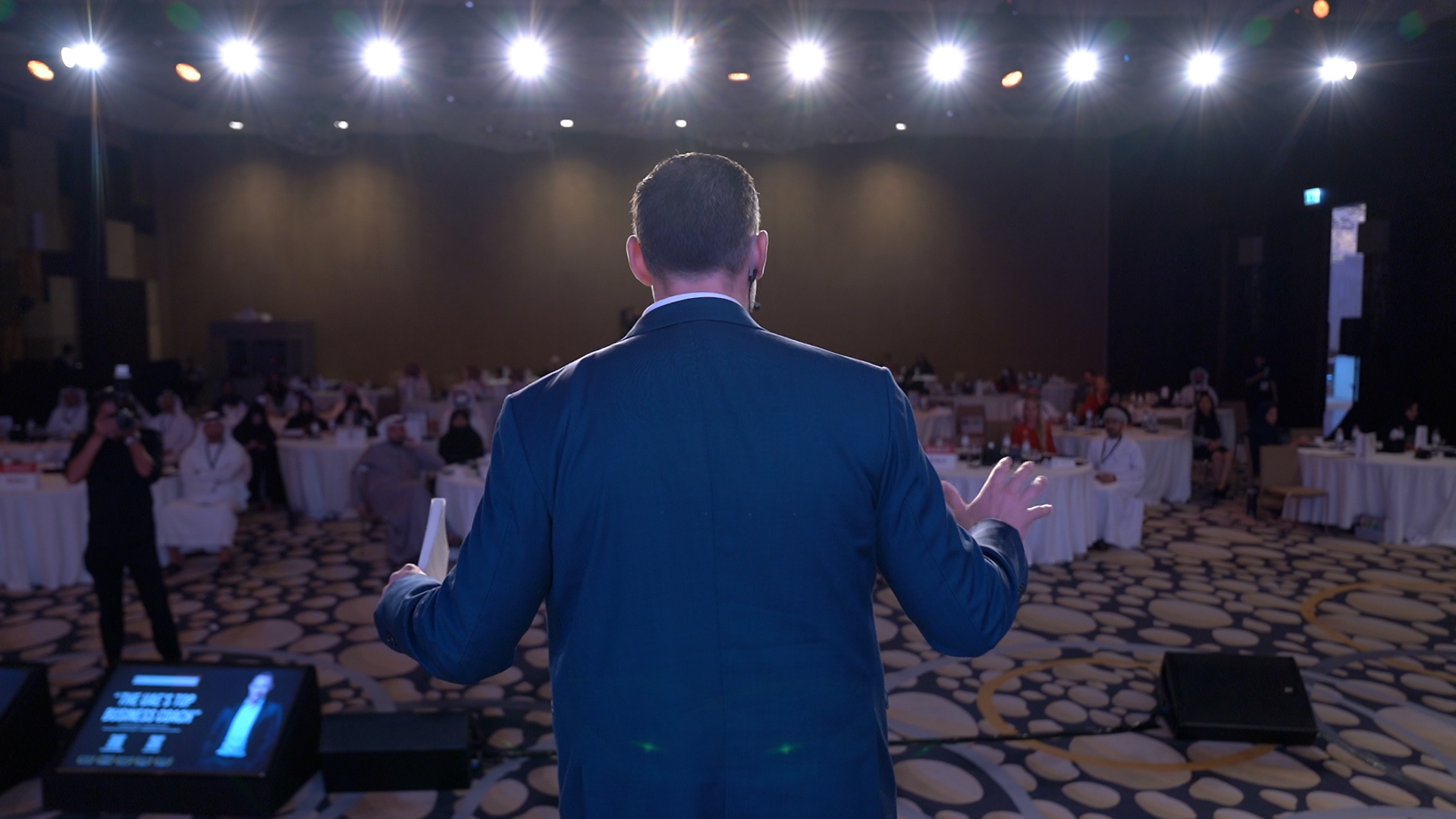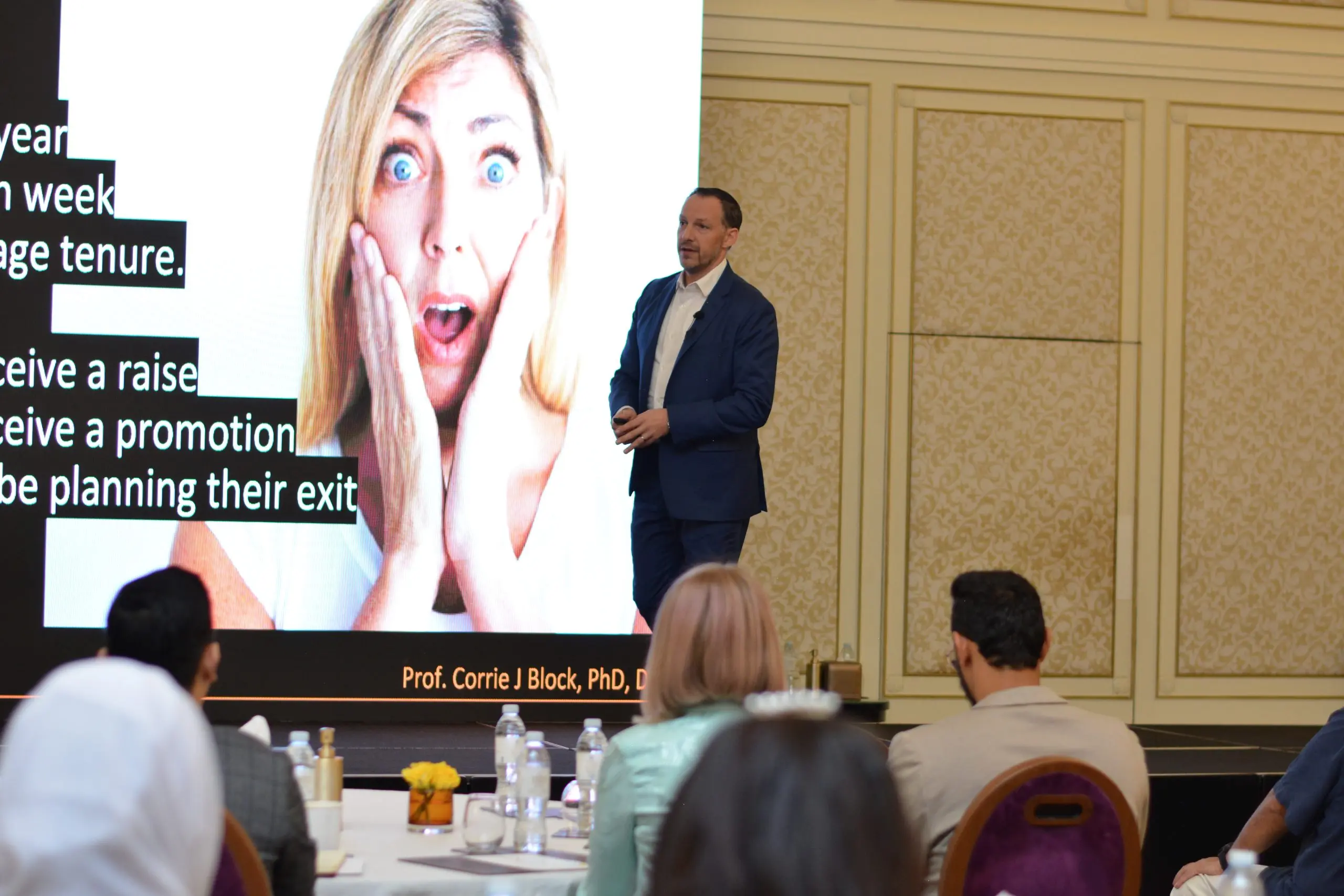The Netflix documentary Downfall: The Case Against Boeing tells of the steady decline of investment in safety at Boeing over a period of 25 years, from the 1997 merger with McDonell-Douglas to the crashes of the 737 MAX in 2018 and 2019, resulting in the deaths of 346 people, and the global grounding of the aircraft for 20 months. Boeing settled with the U.S. government for USD $2.5 billion in fines to avoid criminal prosecution, the FAA regulatory process was overhauled and Boeing’s CEO Dennis Muilenburg was paid USD $62 million upon his resignation in 2019.
It angered me.
The documentary alleges that the catastrophes were predicated on internal issues after the 1997 merger. New leadership was focused on stock prices and profits. They relocated the head office from Seattle to Chicago so the decision- makers could be further away from the engineering and quality control teams. Plus, competitive pressure from Airbus ate steadily into Boeing’s market share. These things all led to compromises in safety and quality that eventually led to the crashes.
But I don’t think Netflix was looking hard enough.
It may be unpopular, but I think the leaders of Boeing were doing exactly as they had been taught to do, and as products of the dominant managerial culture of the United States, issues like these are nearly inevitable.
Corporate Personhood We don’t hear the names of those responsible for corporate missteps in the news because corporations have the rights of legal persons. A corporation exists legally independent of any of its individual members. It can enter into agreements, defend itself, file a lawsuit and be charged with a crime. The problem with that is that no company in history has ever done ANY of those things independently of any of its individual members. There’s always a person, an individual, committing the crime on behalf of the corporation.
But hidden behind the shield of corporate personhood, greedy and malicious leaders can lead the organization to provide bad products and services—even to the point of harming people—and take home a massive paycheck as a reward for their leadership. Yet the organization doesn’t behave at all independently of the behaviors of its people. The organization isn’t a person,
except in the eyes of the law. That’s a pretty fantastic shield if you’re the owner or CEO of a company behaving badly, so it makes sense for the owners and CEOs to be as greedy as possible, given their limited liability.
Shareholder Supremacy
In 1970, A Friedman Doctrine: The Social Responsibility of Business Is to Increase Its Profits reframed the primary function of business as increasing shareholder profits. And since both owners and CEOs were heavily rewarded based on profits, the majority of companies began at that time to move sharply toward shareholder supremacy.
This meant that a company need no longer be customer-centric, employee- centric or even product- or service-centric. If an initiative didn’t make money on the bottom line, it wasn’t core to the business and could be excluded. The shareholders’ needs suddenly outweighed those of all others.
Humans As Resources
The term “Human Resources” was coined by Peter Drucker in 1954, but the dehumanization of humans as resources that followed in the second half of the 20th century was not likely what he had in mind. Reducing humans to resources allowed executives and consultants to think of cost-cutting as a reduction of the labor budget rather than the dramatic and painful exclusion of thousands of people from their economic communities.
The shareholder supremacy movement on Wall Street drove companies in the ’70s and ’80s to cull staff to increase profits in massive rounds of layoffs. New consultancies like Ernst & Young and KPMG were born in the late ’80s to tap into these increases in profits to be made. By firing as many people as possible, year-end profits could be maximized.
This created massive short-term gains, for which consultants were rewarded right along with their C-suite accomplices.
And where was the customer in all of this? If the eyes of the consultants and the C-suite were focused on the shareholder, and they had proven already the disposability of the employee, then who was left to think about the customers or end-users?
How Leaders Can Be Better
But leaders can and should be better. If you yourself are a leader, here are a few tips you can take into account.
1. Take responsibility for your leadership. Leaders have been given enough rope to hang the unsuspecting public with. It’s a high-quality character trait to accept personal accountability for corporate behavior. Stop hiding behind corporate personhood and put your name on your decisions.
2. Balance the bottom line. There are many stakeholders who rely on your
business, including suppliers, customers, sub-contractors and the societies in which you operate. Expand your definition of “profitable” to include benefits for all of your major stakeholder groups.
3. Curate the employee experience. People don’t work for you, they work with you. Creating a great employee experience starts with psychological safety. Your employees want to feel empowered, trusted, cared for, developed and heard. Get that right, and everything else will fall into place.
As leaders, we can’t anymore rely on the legal definitions of our responsibilities as the defining boundaries of what’s acceptable or not acceptable in business. Corporate personhood, shareholder supremacy, and humans-as-resources are all legal behaviors, and have all been leveraged to devastating effect. But with a bit of backbone and virtue, we can create the kinds of organizations that add real value to the world. Let’s redefine “business as usual.”
Forbes Coaches Council is an invitation-only community for leading business and career coaches.
Do I qualify?
Follow me on LinkedIn.
Check out my website.
https://drcorrieblock.com/



